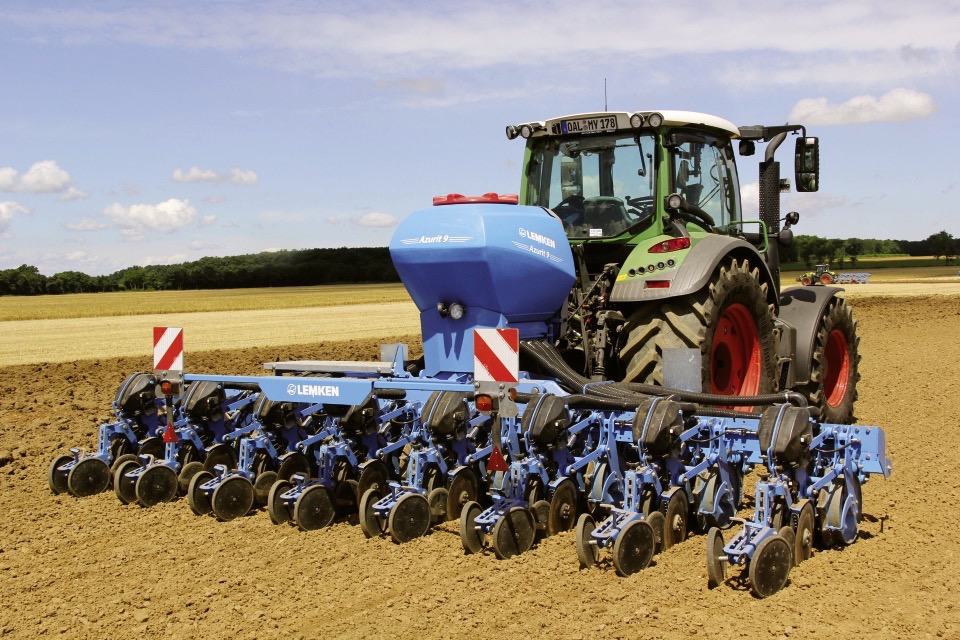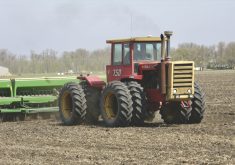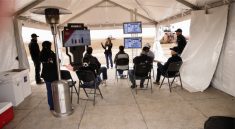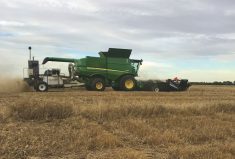Missouri may call itself the “Show Me” state, but in my experience, farmers demonstrate more of that “prove it to me” trait more than any other group — and for good reason. Over the decades they’ve heard machinery manufacturers make a lot of claims about the capabilities of their machines. Most of the claims turn out to be true most of the time, although some not so much, which is why nothing seems to impress farmers more than seeing the equipment makers take their equipment into the field to prove itself.
Read Also
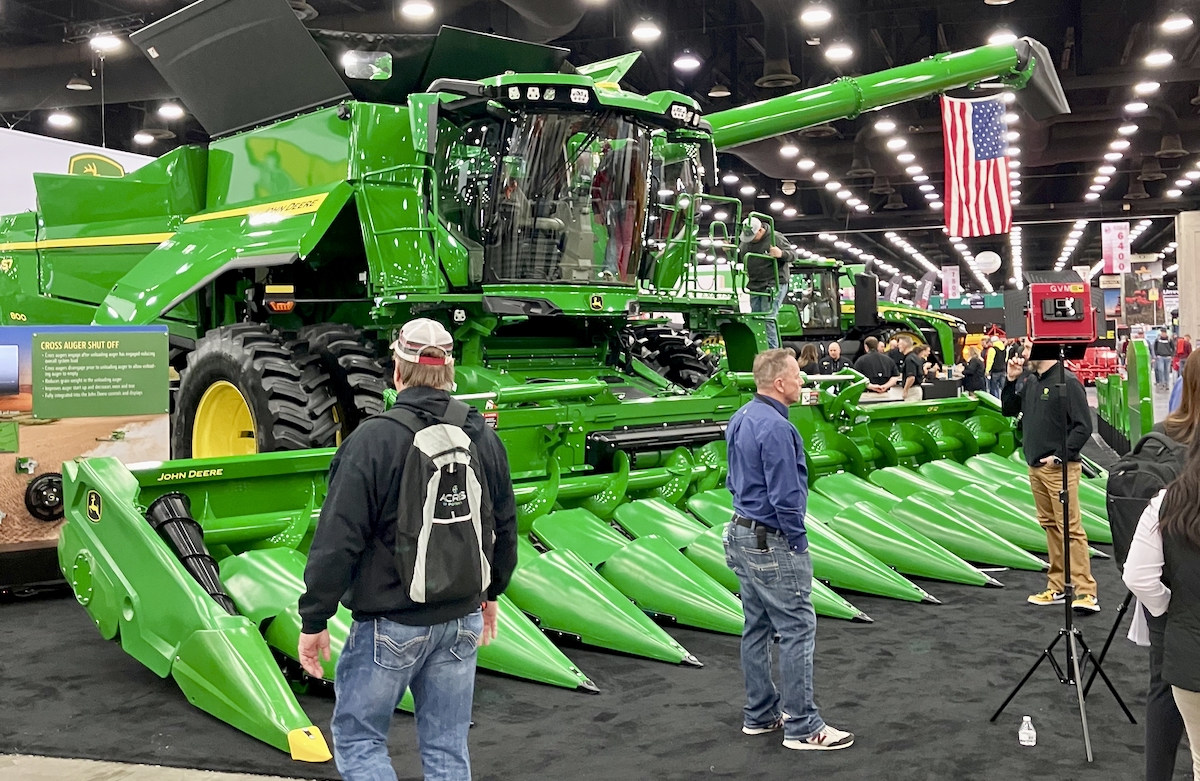
The pros and cons of new technologies
New farm technology hitting the marketplace can be awfully enticing, and it’s not been unheard of in years gone by…
That fact hasn’t escaped the notice of German equipment manufacturer Lemken. This company has made a habit of taking its machines into fields and inviting farmers and the farm media to come and see them in action. In June, the brand held a joint field day in Hungary with Krone, a Germany-based forage equipment manufacturer.
“Our definition of convincing farmers is showing machines in the field,” said Ralf Bornemann, export manager for Lemken. “That’s the most important thing. You can see how machines perform in the field. That’s what we want to show worldwide.”
- eQuipTV on Grainews.ca: In the field with the Krone Premos 5000
- eQuipTV on Grainews.ca: In the field with Lemken’s new tillage equipment
- eQuipTV on Grainews.ca: ‘Strategic tillage’ and Lemken’s Karat 12
The brand introduced new planting and tillage implements at last November’s Agritechnica machinery show in Germany, and the Hungarian event was the first time machinery editors had a chance to see them at work.
Lemken first introduced its Heliodor compact disc harrow in 2005, and this year it was given what the company describes as a major update. Disc size on the Heliodor 9 grows by 4.5 centimetres to 51 centimetres (20 inches). That allows it to work two centimetres deeper than the previous version. It’s now capable of digging down to 14 centimetres (5.5 inches). Hydraulic working depth adjustment is available as a new option, allowing operators to make changes right from the tractor cab. Discs running in the tractor’s wheel tracks can be individually adjusted to compensate and leave an even field surface.

The Gigant carrier system now allows four, four-metre Heliodor sections to be connected together to create a maximum overall working width of 16 metres (52.5 feet), making it one of the widest discs on the market. But the company also has another, heavier compact disc to offer Canadian farmers as well.
“Our business model in Canada is based mainly on the compact disc,” explained Bornemann. “For the corn areas, where you have a lot trash, we have the Rubin 12.”
The Rubin 12 is capable of working “as deep as a cultivator,” the company says. It was originally introduced in 2014, and it, too, has now been stretched to offer a wider seven-metre (23-foot) working width to suit Canadian needs.
Designed to work at higher field speeds, the symmetrical disc arrangement eliminates any lateral draft when working, making it an easier pull and minimizing fuel consumption. The Rubin 12 discs run at a 20-degree angle to the soil and 16 degrees to the direction of travel.
For growers who want just one implement to meet “strategic” tillage objectives, the company thinks the Karat 12 is the answer. It is capable of both shallow and very deep work, down to 30 centimetres (eight inches).

This tool combines a shank-style cultivator design with discs and packing wheels that can dig into stubble and bury large amounts of organic residue without plugging, due to its 80-centimetre (24-inch) under-frame clearance. It can be used to break up compaction layers or for shallow seedbed preparation work for producers, such as organic growers, who use intensive tillage.
The Karat 12 also gets hydraulic depth adjustment for on-the-go changes. The ContourTrack option can automatically maintain consistent working depths in uneven terrain and assist in limiting wheel slip during hard pulling by transferring weight to the tractor drawbar.
Now the company has also announced it will eventually have a planter designed for Canadian conditions. The Azurit DeltaRow planter places seed in a staggered pattern in dual rows spaced 12.5 centimetres (5.5 inches) apart. The idea is that the spacing gives each plant the maximum ground surface area to absorb nutrients and moisture. That, claims the company, should help push yields higher.

“Azurit is our new precision planter range,” said Bornemann. “It will start next year. For the first step we have the European version, that means up to 12 rows. If we want to have the right machine for Canada, for the Prairies for example, we need bigger dimensions. We’re talking about 16 rows. But that will be step number two, and we want to do it step by step.”


